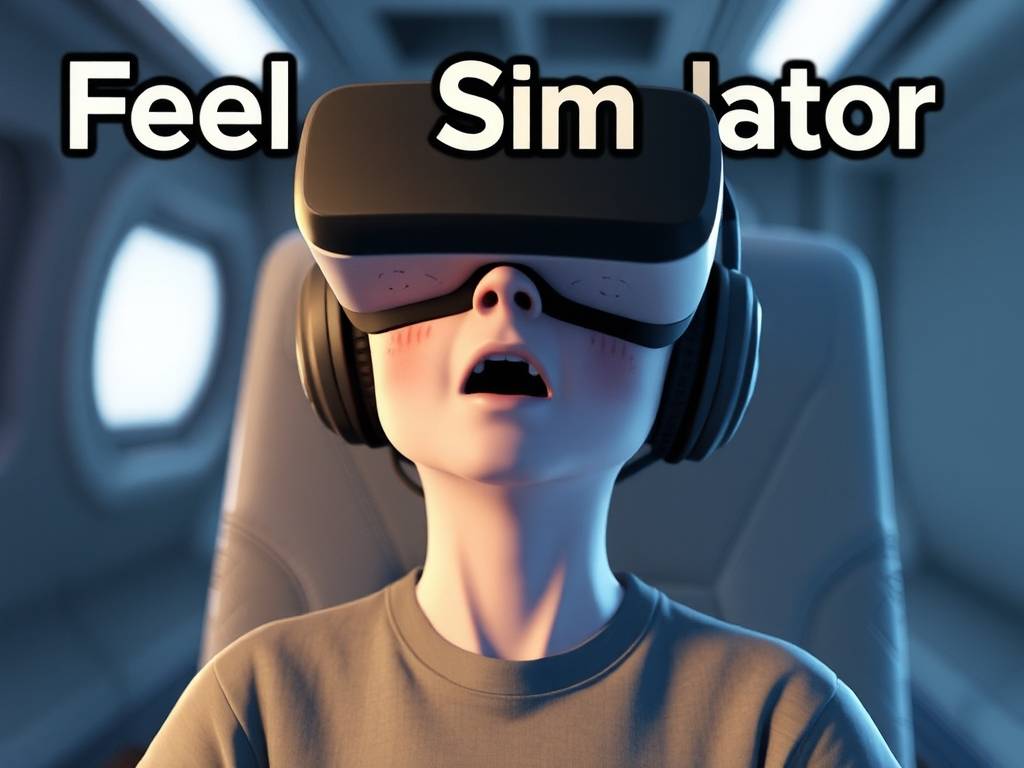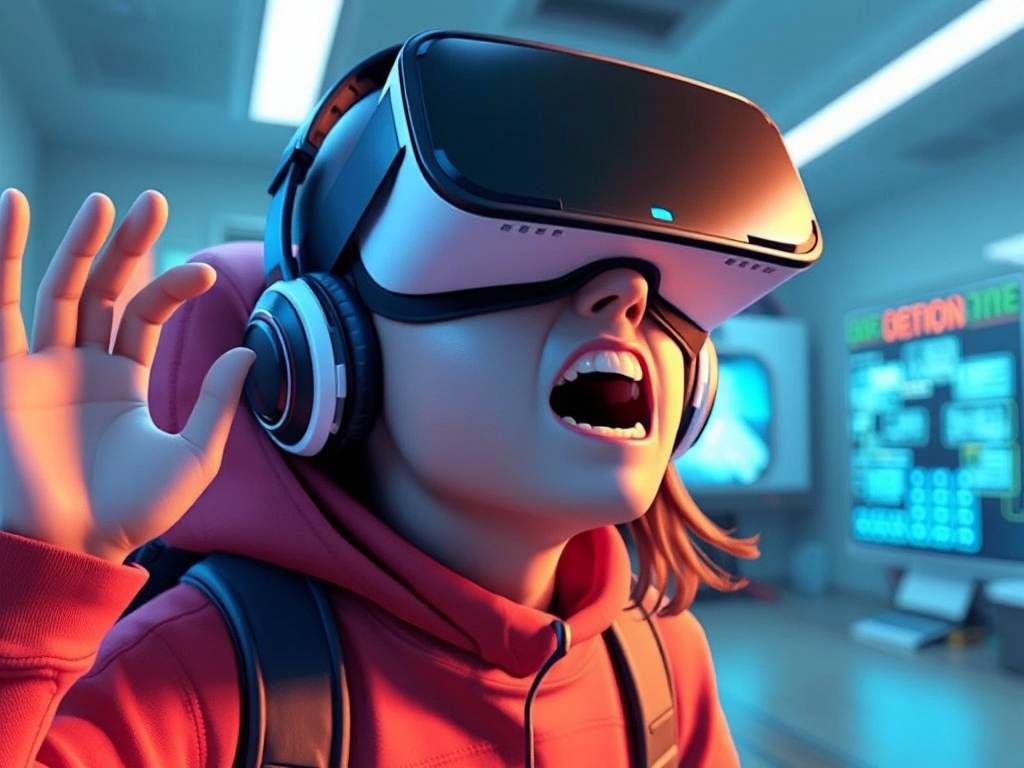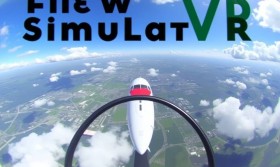Emotion Simulator VR: The 'Feel Missions' Update and the Dawn of Affective Gaming
The virtual reality landscape has long been dominated by two primary pillars: visual immersion and interactive freedom. We strap on our headsets to see breathtaking worlds and to wield powerful tools, our hands becoming our controllers in digital realms. Yet, a crucial dimension of human experience has remained largely on the sidelines, a ghost in the machine—our emotions. While games can evoke feelings through narrative and music, they have traditionally been passive responses, not core mechanics. This is the frontier that Emotion Simulator VR (ESVR) set out to conquer, and with its latest, groundbreaking "Feel Missions" update, it has not just crossed that frontier; it has begun to map its very soul.
The premise of ESVR was always audacious. By integrating a sophisticated array of biometric sensors into its headset and wrist straps—tracking heart rate variability, galvanic skin response, subtle facial muscle movements via internal cameras, and even brainwave patterns through a simplified EEG—the platform could, in real-time, quantify a user's emotional state. The initial versions were impressive tech demos, allowing users to see their anxiety levels paint the world in cool blues or their excitement manifest as vibrant, pulsing halos around objects. It was reactive, a mirror to the self. The "Feel Missions" update transforms this mirror into a window, and beyond that window lies a new genre of experience: Affective Gaming.

#EmotionAsGameplay

The core of the update is a suite of structured scenarios where the player's emotional response is the primary control scheme and the key to progression. Forget button-mashing or complex controller combinations; success in a Feel Mission is dictated by your ability to genuinely feel, or in some cases, to consciously regulate what you feel.
Imagine a mission titled "Serenity Scan." You are an archaeological restorer in a futuristic museum, tasked with reassembling a fragile, ancient crystal artifact. The catch: the delicate energy tool you use is directly tied to your biometrics. If your heart rate spikes due to frustration or anxiety, the tool's energy field fluctuates, threatening to shatter the crystal. The mission's environment is designed to test you—a timer might appear, or a minor setback might occur. To succeed, you must employ real-world calming techniques: deliberate breathing, focusing on the minute details of the task, consciously relaxing your muscles. The game doesn't just reward success; it teaches you the physiological pathways to achieve it. This isn't a game about pretending to be calm; it's about becoming calm.
Conversely, consider a mission like "Rage Construct." Here, you are a creator whose power is fueled by righteous anger. You find yourself in a desolate, oppressive digital cityscape, and you must build a monument of defiance. The building blocks materialize not by clicking, but by spikes in your galvanic skin response and heightened arousal. The game might feed you news clips of injustice or simulate confrontations to stoke the emotional flames. The challenge is to harness that anger, to focus it into a creative, constructive force without tipping over into blind fury, which would cause the structure to become unstable and collapse. It’s an exploration of channeling a powerful, often negative emotion into a positive outcome.
#TherapeuticApplications and Personalized Narratives
Beyond gaming, the update's implications for mental wellness are profound. ESVR has partnered with clinical psychologists to develop a series of "Exposure Therapy" missions. For someone with a fear of public speaking, the VR environment can simulate a virtual audience. The mission's goal isn't to give a perfect speech, but to gradually lower the user's anxiety metrics from a panicked red to a manageable yellow. The system provides real-time biofeedback, guiding the user through the experience and adapting the audience's behavior based on their stress levels—making them more receptive as the user calms down. This creates a safe, controllable, yet genuinely evocative environment for practicing emotional regulation.
Furthermore, the "Feel Missions" update introduces a dynamic narrative engine. The story branches and dialogue options presented to you are influenced by your emotional state. If a character delivers sad news and your sensors indicate deep empathy, the story might open a path where your character offers comfort. If the same news triggers a response of analytical detachment, the narrative might steer toward a problem-solving route. This creates a deeply personalized story that feels less like a choose-your-own-adventure and more like a "feel-your-own-adventure," where the plot is a reflection of your authentic internal reactions.
#EthicalConsiderations and The Future of Feeling
Of course, a technology this intimate raises significant questions. The data collected by ESVR is the most personal imaginable—the very blueprint of our feelings. The update is launching with a stringent, transparent data policy: all processing happens locally on the console, and no raw biometric data is ever stored or transmitted to the cloud without the user's explicit, revocable consent. The system uses abstract emotional vectors (e.g., "Arousal-Valence") rather than raw physiological data for gameplay mechanics.
The "Feel Missions" update is more than a patch; it is a paradigm shift. It challenges the fundamental definition of what a video game can be. It moves beyond entertaining our eyes and hands to engaging our hearts and minds in an active, participatory loop. It posits a future where we don't just play games to escape our feelings, but we play games to understand them, to master them, and to see stories unfold that are uniquely shaped by them. Emotion Simulator VR is no longer just a simulator; with this update, it has become an emotional gymnasium, a therapeutic tool, and a narrative pioneer, offering us the most profound journey virtual reality has ever promised: a journey into ourselves.


















